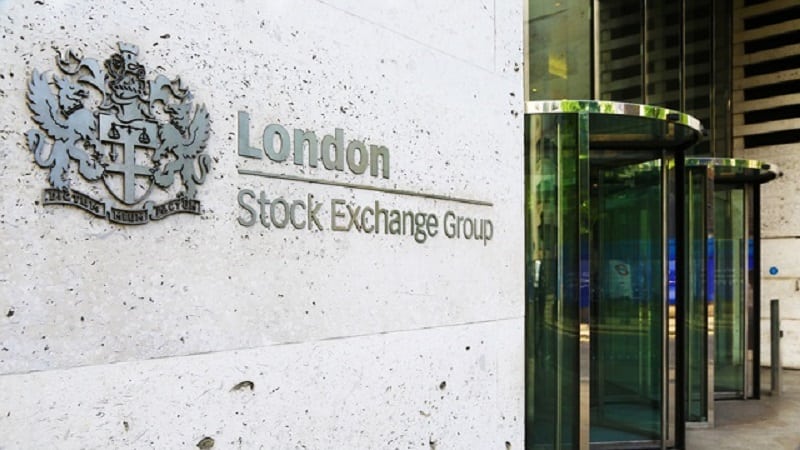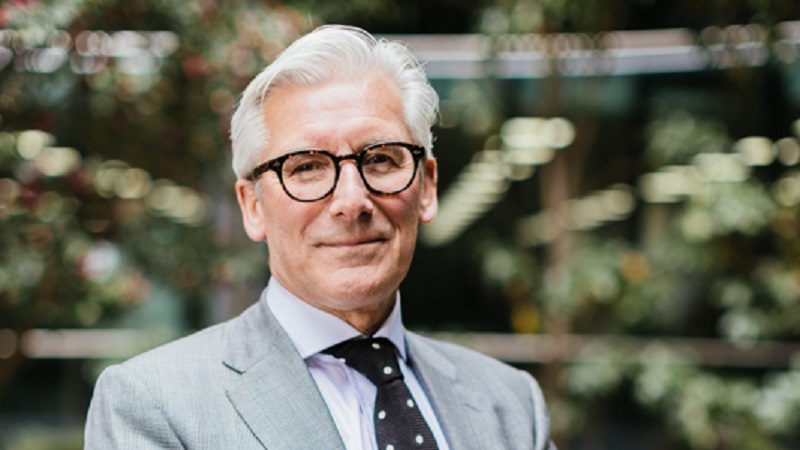By Simon Elliot, client director of investment trusts at JPMorgan Asset Management
Charles Darwin died in 1882, 14 years after the launch of the first investment trust. It is not known whether the septuagenarian botanist had embraced the investment trust movement before his passing, however, his theory of evolution and survival of the fittest have been relevant for the sector throughout its entire 157 year history, with trusts adapting to meet investors’ changing requirements.
It is certainly a time of change at present. The sector started the year on the backfoot, with wide discounts prevalent, high profile attacks from activist investors, and ongoing uncertainly over the outcome of the FCA review of cost disclosure. The subsequent pick-up in market volatility, which spiked with ‘Liberation Day’, saw the sector average discount balloon to levels not seen since the onset of Covid.
In theory, the closed-ended structure of investment companies means that they are better suited to navigate market volatility. The rationale is that portfolio managers do not have to liquidate their holdings to meet redemption requests and manage flows as they would for an open-ended fund. While there’s some truth in this, the reality is that many investment trusts, particularly those invested in publicly-quoted equities, opt to pursue some form of a buyback programme.
One of the recent drivers of this activity is the presence of activist investors, with a number of boards keen to use buybacks to ensure that their discounts remain narrower than the levels that would attract any would be aggressor. According to data from Winterflood Securities, buybacks totalled £2.7bn in the first three months of the year, with over 130 investment companies buying back shares. This compares with £1.6bn in the equivalent period in 2024.
A talking point across the sector is do buybacks actually work? The answer is that it depends on what you are trying to do with them. If the objective is to materially narrow the discount level, the evidence suggests that this is difficult to achieve on a sustainable basis. Alternatively, if you are trying to reduce discount volatility or draw a line in the sand around a pre-set discount level, then this does appear achievable and a number of trusts can demonstrate this.
Buybacks can therefore look an attractive option, particularly as they are accretive to a trust’s NAV and benefit ongoing shareholders. However, boards are often wary on adopting a policy that could result in a material contraction of their trusts, thereby reducing the relative attractiveness to potential investors, particularly the larger wealth managers who increasingly require larger vehicles to invest in.
If the need to pursue buyback programmes is reducing one of the benefits of the trust structure, i.e. a pool of permanent capital, it is worth asking whether trusts are reaping the other benefits that the structure provides. This includes the ability to use gearing; invest in less liquid asset classes; and provide greater dividend certainty. It is not necessary to tick every box, but to justify its structure, an investment company should deliver on at least one.
According to a recent report from the AIC, 114 of a universe of 288 investment companies did not deploy net gearing as at the end of March. Amongst equity-focused trusts, this number was 68 out of 176, or 39%. Being ungeared at the point that President Trump announced a wave of tariffs was undoubtedly an advantage for short-term performance. However, it is reasonable to argue that a modest element of gearing makes sense given that one should expect positive returns over the long-term.
One of the issues with gearing is how it should be used. Should it be set at a strategic level or used more dynamically to time market moves? The latter is a more difficult skill for most portfolio managers to consistently get right, particularly those who see themselves as primarily stock pickers. As a consequence, a number of boards have adopted a strategic approach to gearing, setting a relatively narrow range for their portfolio managers.
So far, this has been a challenging year for investors and investment trusts have certainly not been immune. However, trusts have benefited historically from the inevitable rebound that follows market dislocations. The ability to deploy gearing, if used, plus narrowing discounts as investment sentiment improves can be a double whammy to outperformance. While the sector continues to see contraction through consolidation and managed wind-downs, there is a credible argument that those trusts that survive will emerge in better shape. Darwinism remains as relevant now to the long-term prospects for investment trusts as it ever has done.










